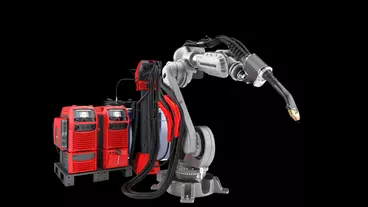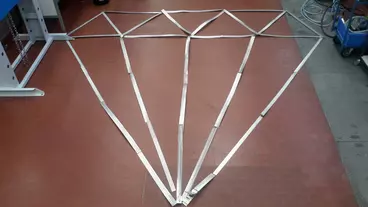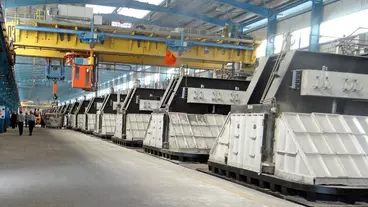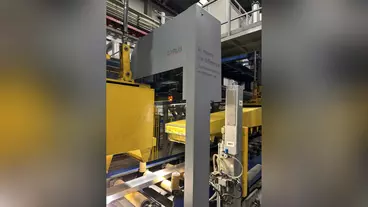High performance welding with greater efficiency

Fronius is adding to its range of smart, high-end tandem welding systems with the new TPS/i Twin systems and the PMC Twin and CMT Twin welding processes.
The TPS/i Twin Push system, which is already well established on the market, is now joined by Twin Push-Pull systems including the CMT Twin process. From now on, it will be possible to use tandem welding systems to join aluminum as well as steel.
Two versatile powerhouses
The TPS/i Twin Push-Pull solution is designed for use in motor vehicle and railway vehicle construction, and is used to weld aluminum profiles or pressure containers using the PMC (Pulse Multi Control) process. In addition to the PMC process, the new TPS/i CMT Twin system also uses the CMT (Cold Metal Transfer) process, thereby also enabling welding of aluminum, nickel-base alloys, and high-strength steels. The controlled heat input provided by the Cold Metal Transfer process is also particularly well suited for thin sheet applications. Penetration and weld profile can be further optimized if each Twin arc is set to a different performance level.
High speed and 25 kg deposition rate
In practice, the benefits of tandem welding compared to single wire welding are particularly apparent in cases where a perfect result needs to be produced at high speed. With a deposition rate of up to 25 kg per hour and a speed of up to 4 meters per minute, the Fronius TPS/i Twin systems are quite the workhorses. This is made possible thanks to a wire speed performance of around 30 meters per minute for each processing line. Despite this speed, a flawless finish is achieved with reliable penetration quality and no weld-seam porosity. This reduces both the number of layers and the production time.
Exceptional weld quality – achievable at any time
The integrated self-regulating Twin process ensures optimal results and high efficiency, with only the essential settings needing to be adjusted. In the background, the system independently controls the welding parameters and variables to ensure the arcs are always precise. In order to ensure completely stable welding, a high level of process reliability is required, and this is guaranteed by the combination of PMC and CMT. Innovative solutions for optimal wire feeding such as the Twin Drive or the wire buffer component ensure a steady supply of wire, thereby increasing the reliability of the welding process and taking process stability to another level. This cuts reworking and production errors to a minimum, thus saving time and resources.
Rapid and precise thanks to smart assistance systems
The Fronius Twin series offers a range of different functions and robot assistance systems that help welders to automate the production process as efficiently as possible. For example, SFI (spatter-free ignition) prevents spatter during ignition and the innovative chipping hammer removes previously formed slag by way of reversing the wire movement to ensure a clean start to the weld. Seam Tracking automatically compensates for deviations, and Touch Sense equips the robot with a positioning sensor that it can then use to compensate for clamping and component tolerances. Wire Sense measures these tolerances and transmits them directly to the robot. All this reduces welding errors, reworking time, and even discards, which directly contributes to increasing efficiency in high performance welding.

Diamond-coated tungsten-copper welding caps represent a promising approach for wear-free resistance spot welding of aluminium.

Vedanta Aluminium has announced a significant breakthrough in potlining design at its aluminium smelters.

Promex Cyrus enhances aluminium surface inspection with AI and machine vision technologies.
